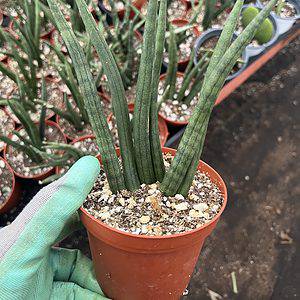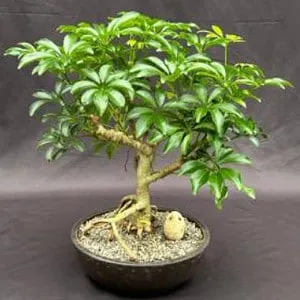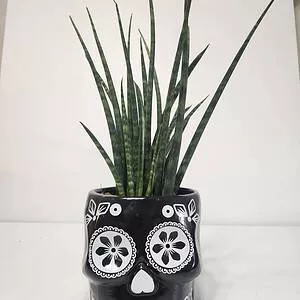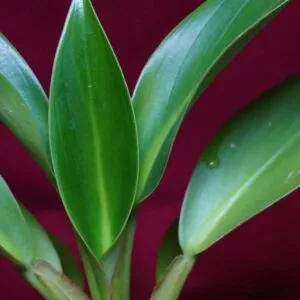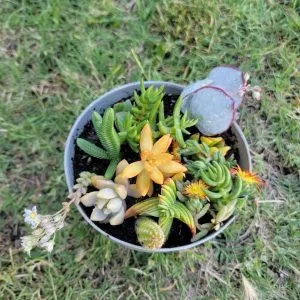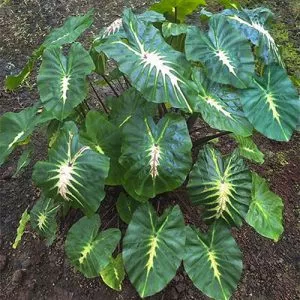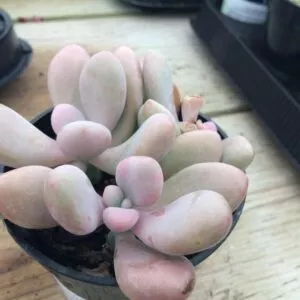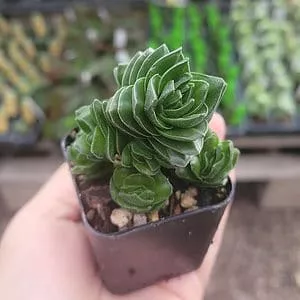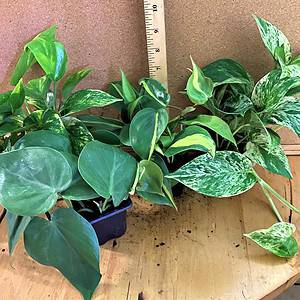No products in the cart.
Table of Contents
Okay, naughty of me. When thinking of the bird of paradise, the movie is the first thing that came to my mind. Yes, the one with Burt Reynolds and Dolly Parton. Looking at the plant, the ladies in the film were just as colorful as this paradise plant.
Great, let’s get our minds back to taking care of these tropical plants as it makes for beautiful indoor plants. But the Strelitzia spp. is made up of diverse bird of paradise flowers that are similar to care for.
What Are Paradise Plants?
The bird of paradise plant is a well-known tropical flower closely related to the banana plants. The reason for its name is the close resemblance to tropical birds. You can find different species, as you will see later on.
You will get a stunning display with huge leaves, and they grow up to five feet tall. The paradise plants originate from Southern Africa, and your indoor bird will become the talk among many gardeners.
One thing is you will get a tropical flair in your home as it carries spectacular flowers inside and out. Some gardeners even refer to them as the wild banana tree. But the only similarity is the fantastic leaf splitting related to the banana tree.
Bird Of Paradise Plant Care
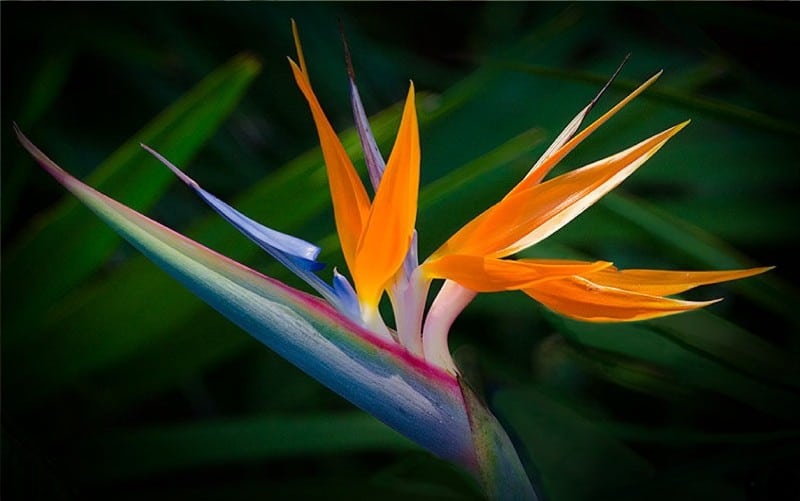
Great, now that you know where the bird of paradise comes from, it is time to start taking care of it with our short and detailed list here.

Recommended Potting Mix For Indoor Plants
The bird of paradise loves well-draining soil that is sandy, clay, or loamy, or they can thrive with the soilless mix as well. The soil level needs to be a little acidic. You can use houseplant potting soil mixed with some perlite to increase the drainage.
If you provide bird of paradise plants with the above, your tropical bird will thank you.
Lighting Needs For Tropical Plants
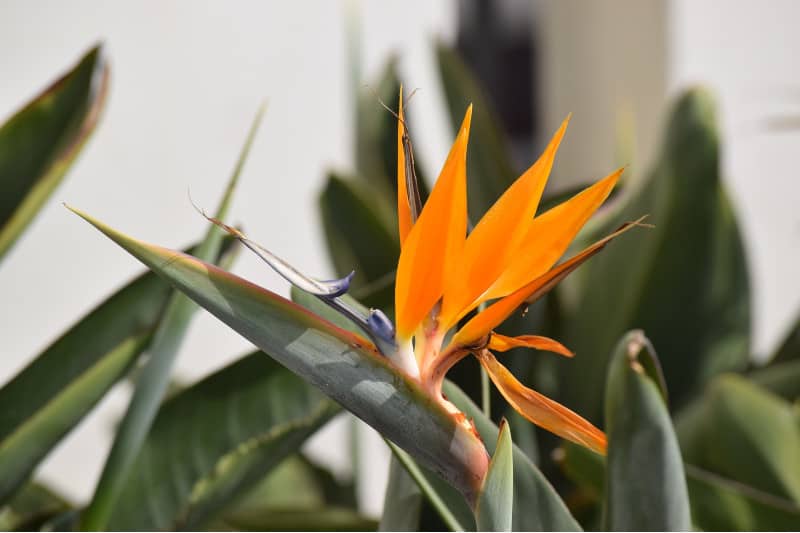
A perfect spot for your white bird is a place with bright indirect light. But not too much paradise light friends as it can harm your plant. So, provide your young to mature plant with medium to bright light.
Yet, if you notice dark spots on the leaves, your plants have been sunburning way too much. Just remember, not exposing them to bright light will not encourage blooms.
Watering Needs For Sterlitzia spp.
The Strelitzia spp. does not enjoy getting soggy feet. So, we recommend drying out the soil between watering. A moderate moist soil is best for the bird of paradise.
Another thing is these shrubs are semi-drought tolerant, and if they do not get enough water, you will know.
You will notice yellowing leaves when given too much water resulting in crispy brown leaves. We also recommend providing your plant with distilled water left at room temperature to prevent chemical harm and shock.
In stock In stock In stock In stock
Free Shipping
$275.75
Sold By:
BONSAI WORLD LLC
Chinese Flowering White Serissa Bonsai Tree of a Thousand Stars
Only 1 available and it’s in 1 people’s basket
Sold By:
BONSAI WORLD LLC
$14.99
Sold By:
Cacti and Exotica
Snake Plant | Sansevieria cylindrica | 4″ Pot
Rated 4.98 out of 5 based on 59 customer ratings00
Sold By:
Cacti and Exotica
Free Shipping
$361.79
Sold By:
BONSAI WORLD LLC
Hawaiian Umbrella Bonsai Tree Exposed Roots (arboricola schefflera)
Only 1 available and it’s in 1 people’s basket
Sold By:
BONSAI WORLD LLC
$15.00
Sold By:
Stripes and Variegations
Espostoa Melanostele – Peruvian Old Lady Cactus 5″ Pot
Sold By:
Stripes and Variegations
Ideal Temperature & Humidity
The bird of paradise plant can withstand cold temperatures as low as 24 degrees F to a point but prefer warmer temperatures between 65℉ and 80℉ (18℃ and 27℃). The shrub is hardy but does not enjoy frost but can recover from frostbitten but a prolonged process.
One thing your tropic plants love is humidity, and they enjoy misting during the day to remove dust build-up on the foliage. So, invest in a soil probe to check the moisture levels and add a pebble tray to keep the moisture levels up.
Feeding Your Bird of Paradise
Wow, the paradise plants are hungry and eat a lot. So, you will need to feed them regularly during the growing season. But then again, do not overdo it as it can burn the roots.
Thus, you can fertilize your indoor plant bi or tri-weekly from spring through to summer. Avoid feeding in the fall as your plant goes inert during this time.
We recommend a slow-release granule and keeping the soil moist to prevent root burn.
Propagating Your Bird of Paradise
The best is to use the division method for your bird of paradise plant which works better than using the seed. You may even find that your plant self-propagates. When dividing the rhizomes, please do not do it often, as crowded clumps produce more flowers.
The best time to do this is when you repot your plant.
In stock In stock In stock
$25.00
Sold By:
Stripes and Variegations
Sansevieria Fernwood Mikado in Sugar Skull Pot – Mikado Snakeplant 6″
Only 1 available and it’s in 1 people’s basket
Sold By:
Stripes and Variegations
$9.00
Sold By:
Cacti and Exotica
Haworthia retusa
Rated 4.98 out of 5 based on 59 customer ratings00
Sold By:
Cacti and Exotica
Free Shipping
$20.00
Sold By:
Blessed Family Farm
ASSORTED SUCCULENT ARRANGEMENT
Rated 4.82 out of 5 based on 22 customer ratings01
Sold By:
Blessed Family Farm
USDA Growth Zone
The best hardiness zones to grow your bird of paradise is zone 10 to 12. You can grow your plant outdoors with enough light or in the home as it is an easy-going plant.
Potting and Pruning
The bird of paradise needs enough space to grow as a potted plant. You can repot your plant once a year until fully matured. Then you only need to transplant it to a grow pot every three years. But we do not recommend doing this during the blooming cycle.
You can prune your exotic plant to remove the spent flowers and damaged or dead leaves. Doing this allows your bird of paradise to produce healthy leaves.
In stock In stock In stock In stock (can be backordered)
$24.95
Sold By:
Wonka Plants
$33.50Colocasia – White Lava – Starter Plant
Rated 4.94 out of 5 based on 108 customer ratings00
Sold By:
Wonka Plants
$14.99
Sold By:
Succulent Oasis
Pachyphytum Oviferum Succulent Plant
Only 20 available and it’s in 1 people’s basket Rated 4.84 out of 5 based on 352 customer ratings00
Sold By:
Succulent Oasis
$5.50
Sold By:
Plants by Stinky Boo
Buddha’s Temple | Crassula pyramidalis
Rated 5.00 out of 5 based on 2 customer ratings00
Sold By:
Plants by Stinky Boo
$7.00
Sold By:
Painted Petals and More
The Viners
Only 10 available and it’s in 1 people’s basket Rated 4.78 out of 5 based on 64 customer ratings00
Sold By:
Painted Petals and More
Bird Of Paradise Varieties and Similar Plants
Strelitzia reginae ‘Glauca’
The bird of paradise has grayer foliage with stem and an orange display of flowers.
Strelitzia reginae ‘Humilis’ or ‘Pygmaea’
Another orange bird of paradise is this humilis that grows up to three feet tall.
Strelitzia reginae ‘Ovata’
Yes, it is another orange variety with rounded leaf blades and will look excellent standing in your garden.
Bird Of Paradise Plant Diseases & Pests
One of the biggest killers for a bird of paradise plant is root rot and fungus. This happens because of overwatering or if the soil has not enough drainage.
Some non-threatening pests are mealy bugs, aphids, and spider mites. You can get rid of them using an insecticidal soap made of water and dishwashing liquid to control them.
Frequently Asked Questions
It can be that your plant is underwater, a drastic temperature change or the air is too dry. You can fix the dilemma by providing it with more water and muzzling your plant.
It all comes down to the light conditions, and providing your plant with a sunny spot with partial shade will help. It can take up to eight years for a mature bird of paradise plant to flower and happens in spring. You can also provide your plant with low nitrogen and high phosphorus with potassium liquid fertilizer.
The leading cause is insufficient light, so paradise care provides high humidity some full sun with partial shade.
Okay, you can find them available at your local garden center or online. But you need not look far as Plantly has the gorgeous bird of paradise plant available for you.
Whether you want to buy, sell or simply reach out to other plant enthusiasts, Plantly is the right place to be!
-
$24.95Sold By: Wonka Plants
$33.50In stock
Colocasia – White Lava – Starter Plant
Rated 4.94 out of 5 based on 108 customer ratings00Sold By: Wonka Plants -
$14.99Sold By: Succulent Oasis
In stock
Pachyphytum Oviferum Succulent Plant
Only 20 available and it’s in 1 people’s basketRated 4.84 out of 5 based on 352 customer ratings00Sold By: Succulent Oasis -
$5.50Sold By: Plants by Stinky Boo
In stock
Buddha’s Temple | Crassula pyramidalis
Rated 5.00 out of 5 based on 2 customer ratings00Sold By: Plants by Stinky Boo -
$7.00Sold By: Painted Petals and More
In stock (can be backordered)
The Viners
Only 10 available and it’s in 1 people’s basketRated 4.78 out of 5 based on 64 customer ratings00Sold By: Painted Petals and More

